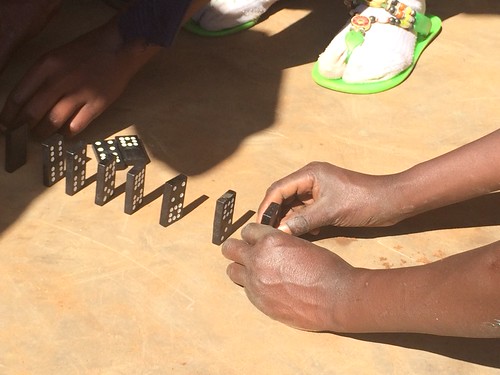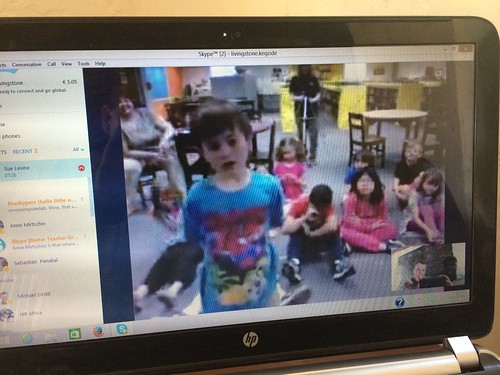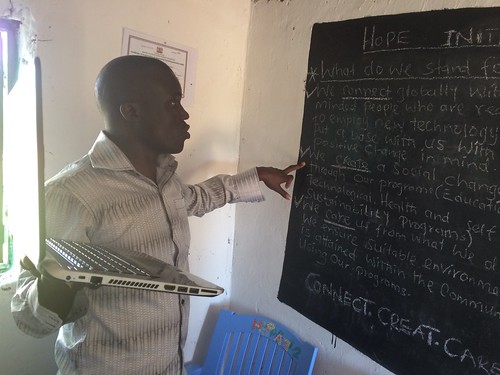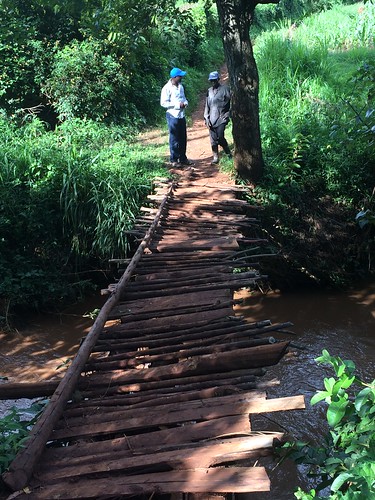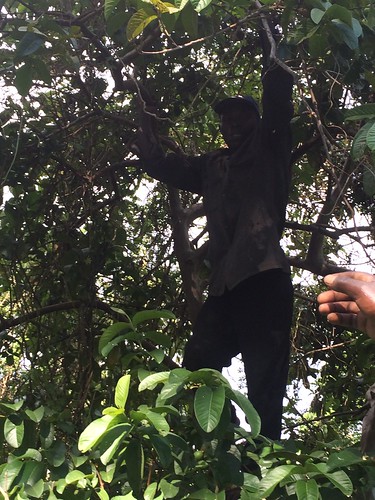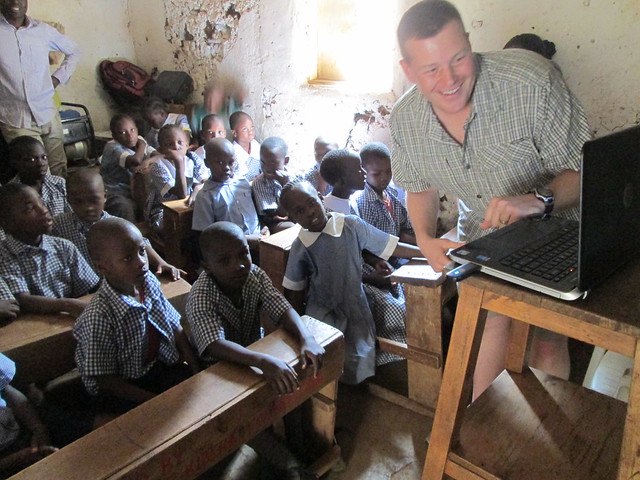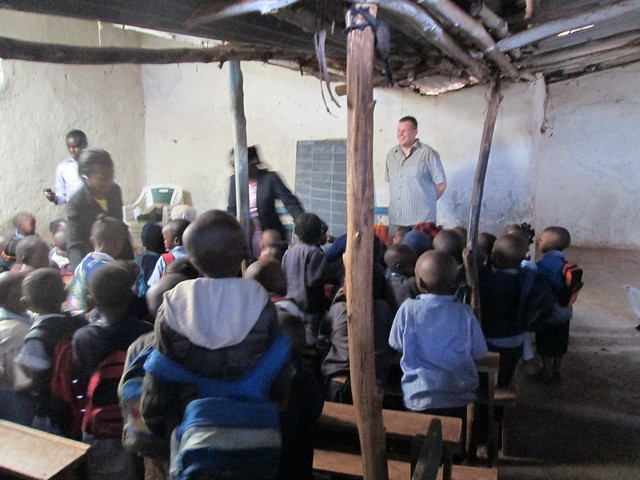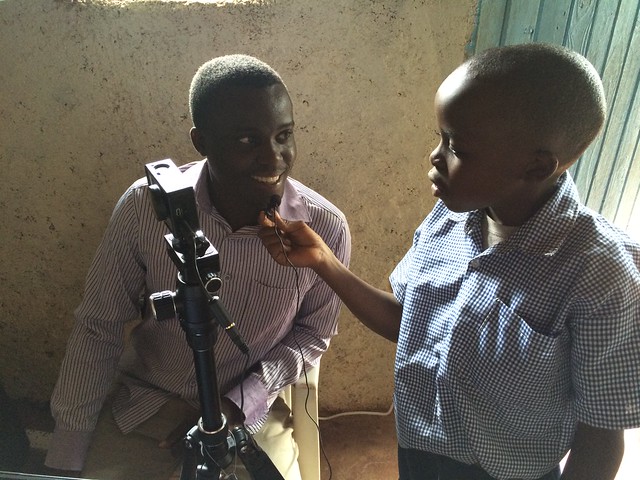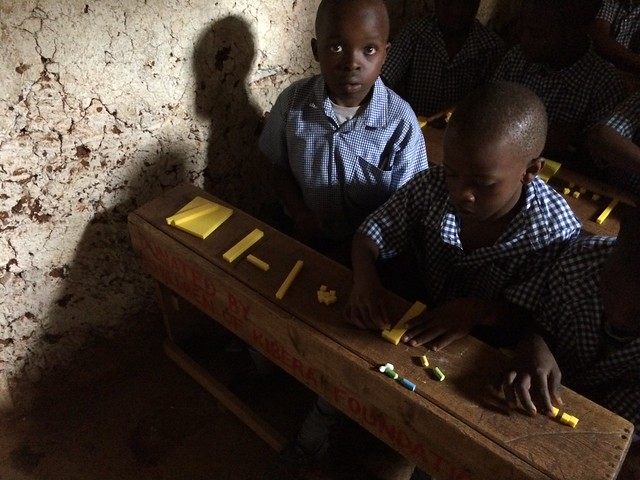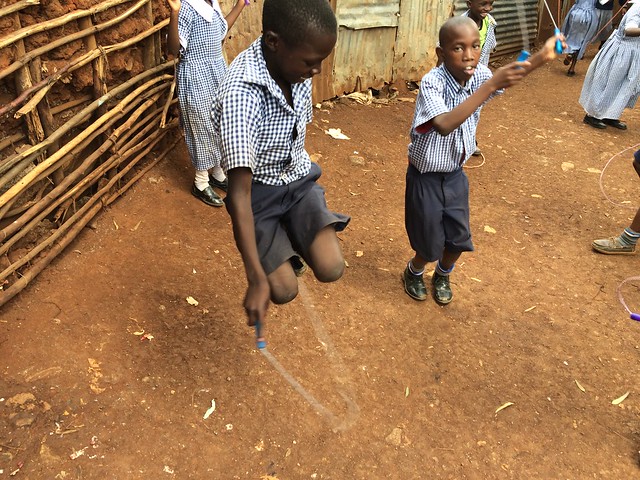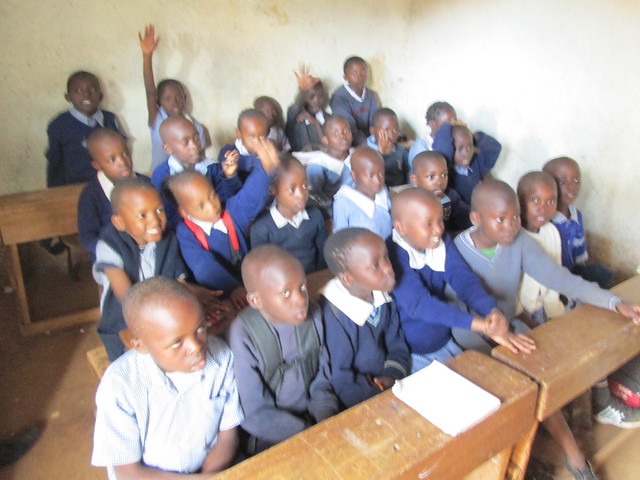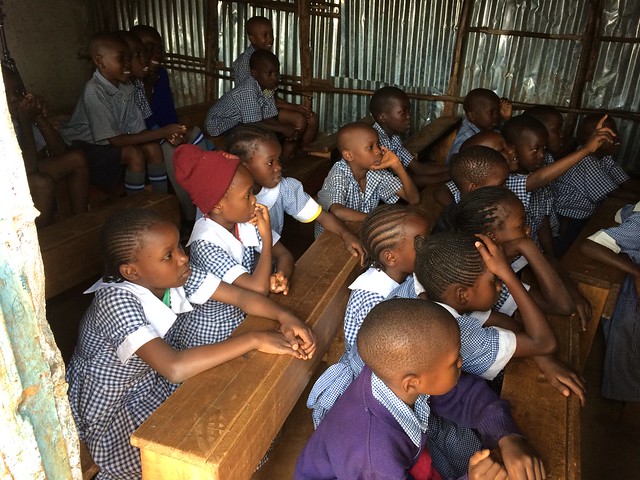Yesterday was...
I'll just show you with pictures. I started the day with an sunrise game drive where we saw a whole pride of lions hanging around some termite mounds, and a whole lot more. Here are just a few of the hundreds of pictures I took. I took more than 1000 pictures in my 30 hours in Masai Mara.
Then, I had a quick breakfast and headed back out on a game drive with a stop at a Masai Village to learn about Masai culture. Touristy, for sure, but also enlightening.
I had just enough time to jump in the pool and Skype with my wife afterwards to wish her a happy Mother's Day before catching my flight from the airstrip back to Wilson Airport in Nairobi.
After Livingstone and Jackson picked me up we went to Carnivore, a place where they grill all kinds of exotic meats up and serve them to you off Masai swords until you surrender. Loads of fun.
This morning we woke up at 3:30 and were on the road by 4AM to drive to the HIP Academy in Mukuyuni, a Western Kenyan village close to the town of Kimilili. The ride was enlightening for me for a few reasons. Since we were all exhausted, I relieved Jackson of driving and drove on the left side of the road for the first time in my life. Driving in Kenya is part a game of "chicken", part "dodge the pothole", and part "don't get stuck in the mud" all rolled into one. It took us 8 hours with one stop to "take tea" (have a quick breakfast) in Eldoret. We also had to wait for donkeys, goats, and a cow to cross the road in front of the car at different points. And, when
When I put on some driving music to keep myself awake, I learned that neither Livingstone, nor Jackson has ever heard of the Beatles. They both knew Michael Jackson, though.
We got stopped by police checks twice on the drive, both times while Jackson was driving. This is apparently perfectly normal. The police just waive you over and see if there's something they can make you pay for. The first time, the police officer asked me where I was from. When I told him I was from the USA, he said, "Like Obama!" When I explained that I had met the president, we waived us along with a smile. The second stop wasn't as friendly. The officer asked Livingstone to get out of the car. He then directed him inside the police office. Jackson followed to try and talk to the officer. I was left in the car feeling a little confused.
Two minutes later Jackson and Livingstone came back to the car and I learned about the Kenyan practice of "chai." What happens is the police officers set up a stop, and then look for a reason to threaten you with a citation. In this case, Livingstone wasn't wearing a seat belt in the back seat. What they really want is some "chai", or a small bribe to make it all go away. The term comes from it being enough money to buy a cup of tea. This is the way the officers suppliment their small income. The equivilent of a few bucks was enough to get us back on the road.
The afternoon at HIP Academy was great. First, Livingstone showed me around the school and gardens.
I brought a whole suitcase of math manipulatives and hands-on materials with me, so I spent time teaching the kids and teachers how to use the two-sided colored chips, the Cuisinaire rods, and the dominoes. Nobody, including Livingstone had ever heard of dominoes before. When I showed them how they could be used to set up a chain reaction, they were so excited, and they did a little "engineering" exploration to see what they could create.
I brought a whole suitcase of math manipulatives and hands-on materials with me, so I spent time teaching the kids and teachers how to use the two-sided colored chips, the Cuisinaire rods, and the dominoes. Nobody, including Livingstone had ever heard of dominoes before. When I showed them how they could be used to set up a chain reaction, they were so excited, and they did a little "engineering" exploration to see what they could create.
During the afternoon, I was also able to pass out the stuffed animals that my son, Michael Jr., had asked me to bring for the kids. They were so happy! It made me happy as well, and very proud of him for giving them up.
We had two Skype calls during the afternoon. The first was with Anne Mirtchen in Australia. We played Mystery Skype to guess each other's locations, and then the first/second graders used the stuffed animals I had brought to teach the kids in Australia the Kiswahili names of the different animals. Everyone got a chuckle when they found out that the Swahili word for "Kangaroo" is "Kangaroo." This was the first Skype call for every one of the students in the school. Learning with others from far away locations was a totally new concept for them.
The second Skype call was actually after the students at HIP left. Sue Levine Skyped us with a second grade class in Atlanta. Livingstone and I answered questions about the school and Kenya, and broke into a great duet rendition of "Hakuna Matata" for the kids when they asked to learn a Swahili phrase. I'm sure sue is going to post that video on Facebook.
After school was out, Livingstone walked me around his hometown, down a dirt road to a path, and then over a makeshift wooden bridge. I met a dozen people who all wanted to know what a Mzingu was doing in their village. Some school children laughed and said "Good morning!" to me, even though it was 4PM. One local climbed a guava tree for me so that I could try guava for the first time (I didn't care for it.)
I also go to meet Livingstone's wonderful family. His mom and dad were great, and Grandma Dina is simply awesome. After our walk I came back to find her wearing a University of Scranton hat that I had brought that was leftover from EdCamp NEPA last month.
Then, we drove to Kimilili where we checked into the nicest hotel in town for the night, and where I sit typing this post with the sounds of motorbikes, cows, and chidren in the background. So far, there was a backout, my light didn't work, Livingstone's wall outlet was missing, and the toilet overflowed in Jackson's room. But, hey, it's Africa, and it's all good. Hakuna Matata. The bed is clean, and there's a lock on the door. That's about all I need for a good night's sleep, I hope. Still, I'm using my LifeStraw water bottle to filter anything out of the tap before I drink it. We are spending the morning at HIP Academy where I will show the rest of the math materials, and then we are headed 5 hours back towards Lake Nakure National Park for my last two nights in Kenya.





















